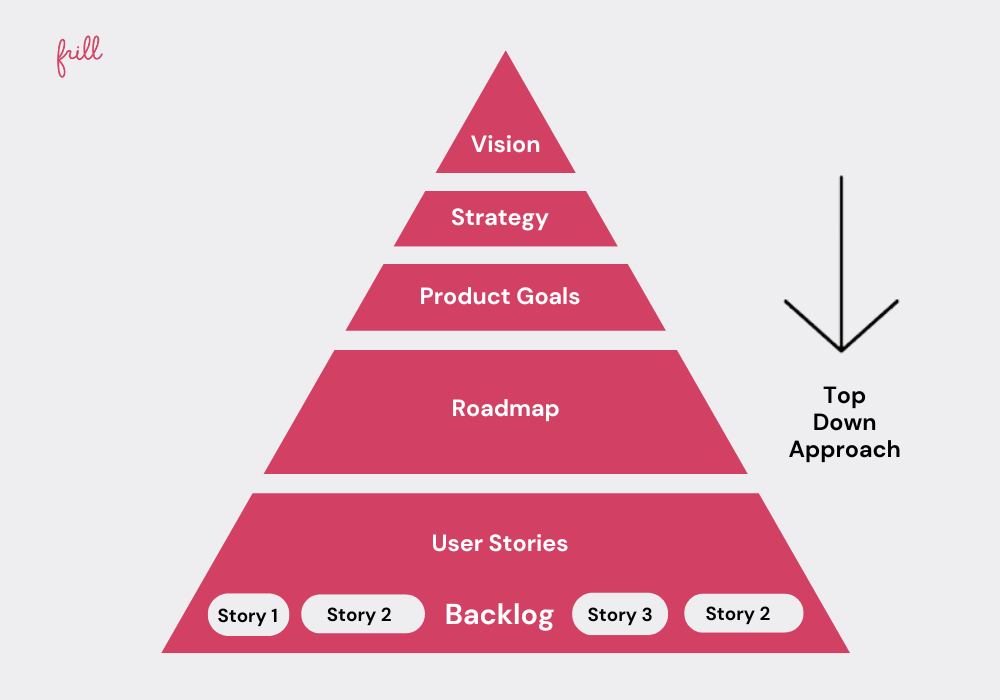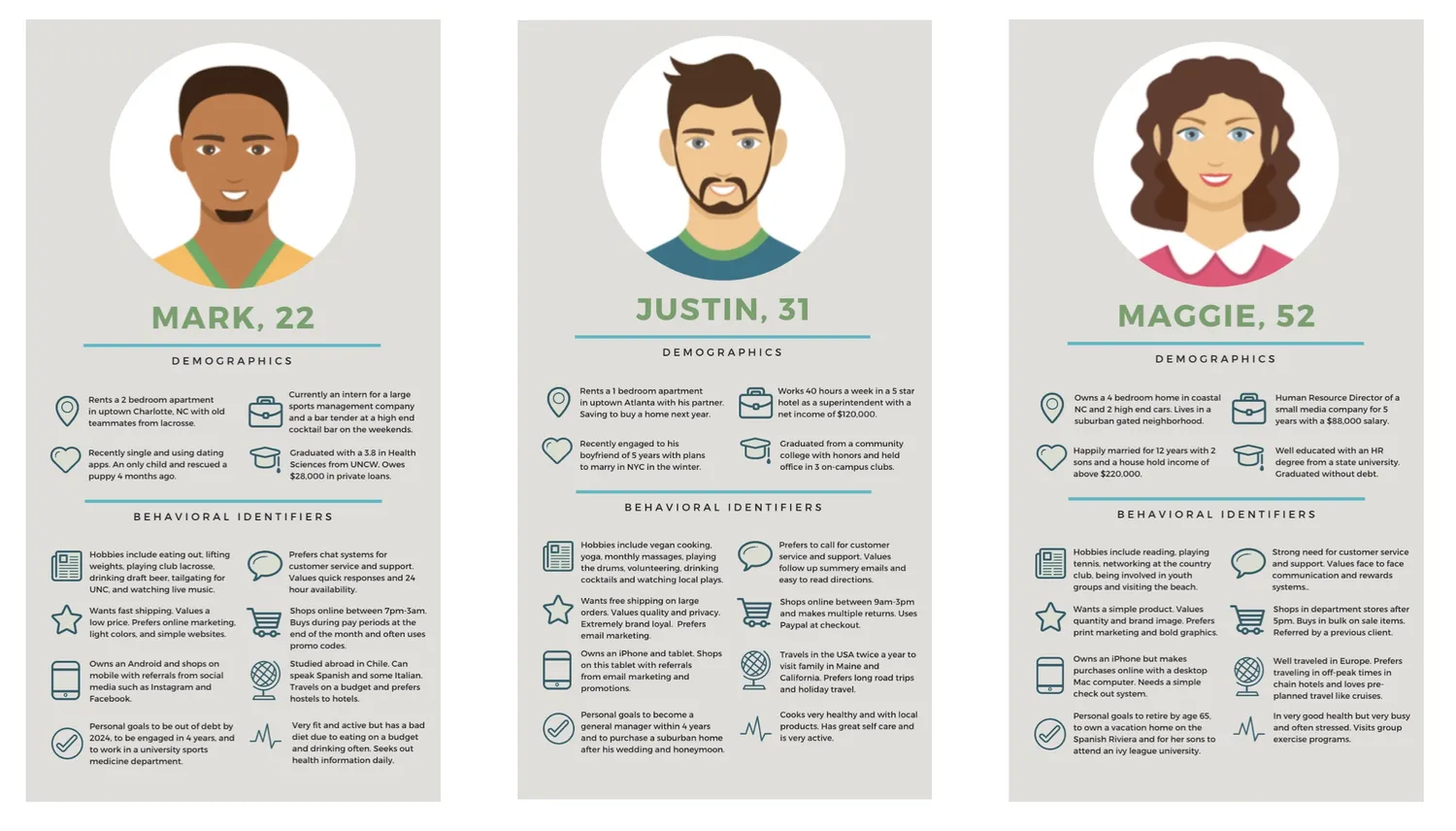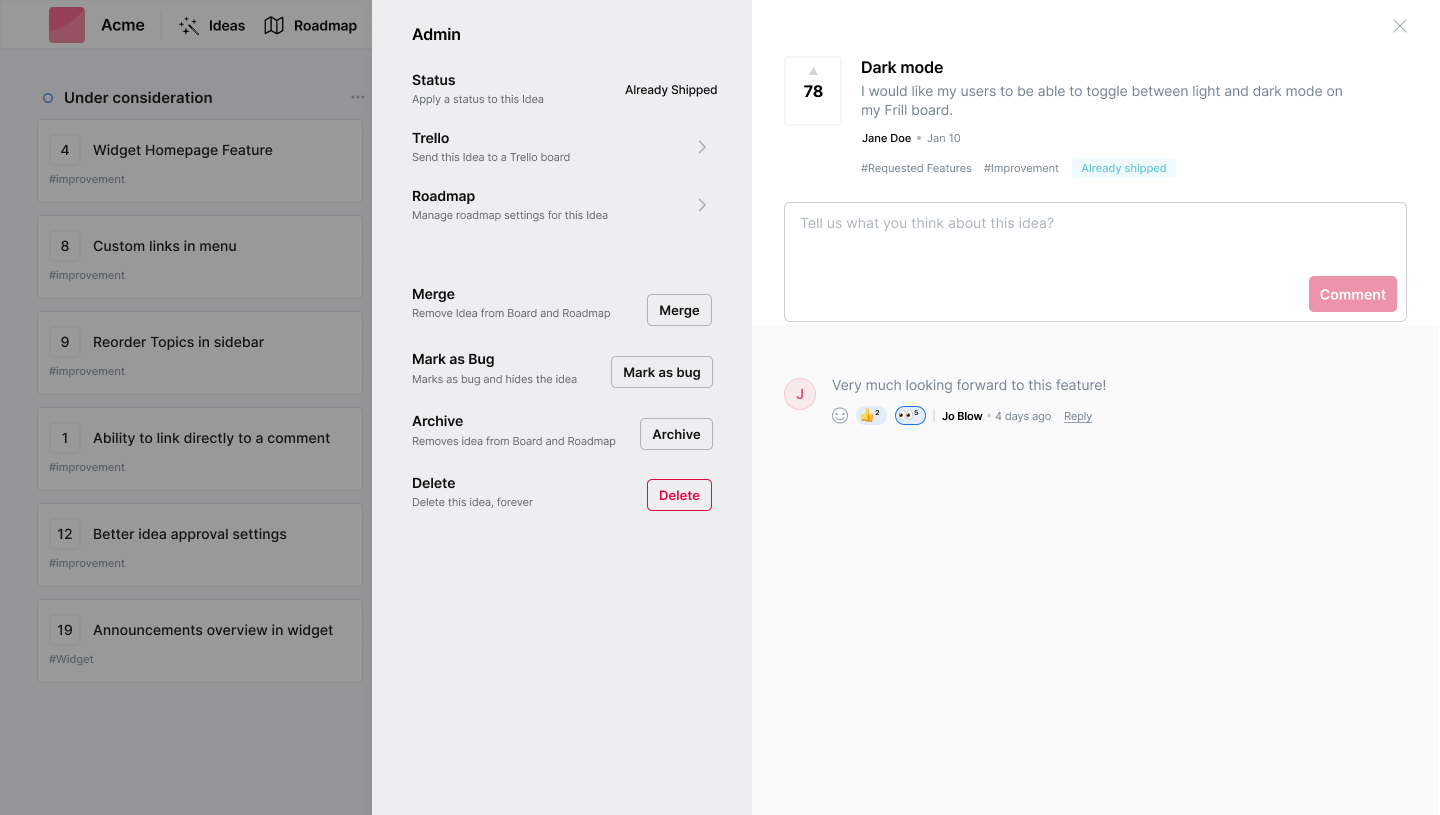Crafting Agile User Stories - A Step-by-Step Guide
Last updated on Mon Sep 23 2024
Every successful project relies on a blueprint, from building a house to planning a wedding. Product developers also need one, which includes what they wish to achieve.
Now, every product is designed to satisfy the needs of the public, but how would the developers know what the users want? User stories were created to address this problem. They originated in the late 1990s in Extreme Programming (XP) methodology and have since become a vital tool for developers.
User stories are a basic and efficient method used to describe the user’s needs for the product. They provide a clear target for developers, giving them a vision of the desired outcome.
User stories are beneficial as they bridge the gap between developers and users. How do you craft one? This guide will walk you through the different steps.
Getting Started With User Stories
Crafting a good user story involves certain steps, including understanding your user personas, gathering insights for user stories, and writing them. Let’s look at these steps in detail:
1. Define Your Product Vision and Strategy

To craft a user story, your task begins before you write the first word. The initial step is to set your overall vision and the strategy you wish to adopt in reaching that vision.
A vision refers to the long-term goal of the product, while the strategy involves the action steps you will take to meet that goal. The vision is the destination (the “X” spot), the strategy is the path you take, and the purpose is why you wish to reach the destination.
Clarifying your vision and strategy creates stable boundaries for your user stories. Everything you write must contribute to the overarching goal and align with the strategy. With a clear vision and strategy, you remain on track. You can learn more in our Product Management Process guide.
2. Know Your User Personas

Source: Boagworld
User personas represent your ideal users, often portrayed as fictional characters. These personas incorporate different audience segments, each with their behaviors, needs, goals, and desires.
Conduct adequate research to understand the various potential users of your product, then represent them with personas. Give these personas names (e.g., Mary the Student, Kevin the CEO) to make them more relatable.
User personas help in crafting specific user stories that target the needs of different users. Identify at least 3 user personas, and consider creating up to 5. Leverage a Feature Prioritization Matrix to prioritize features for each persona.
3. Gather Requirements and Insights

Requirements and insights refer to every piece of information needed for user stories. In this step, your goal is to gather data that provides a clearer understanding of users. Obtain these insights through interviews, surveys, forms, and other data collection methods.
For example, an interview question could be, “What important task do you wish to perform with this product?” Surveys are often effective with scales, ranging from 0 to 10. For instance, you might ask respondents to rate how likely they are to need a product for a specific task.
Use different types of customer feedback to collect comprehensive insights.
4. Writing User Stories
Here, you draft the actual user stories. Follow a systematic process to avoid common pitfalls, such as using them to express technical tasks. The requirements and insights you gather are structured into different user stories. A good user story has certain traits:
The Title: The title captures, in a succinct format, what the user story is about.
The User Story Statement: A summary of the user story, used to describe the goal, role, and benefit of the product to the user. The user story statement is formulated using templates. A popular template is: “As a [type of user], I want [some goal] so that [get a benefit].” For a student, it would be: “As a student, I want easy access to printed materials so that I can complete my research papers.”
A Description: After the statement, provide additional details in the description. The information included in this description is needed for developers to further understand user needs.
Acceptance Criteria: The acceptance criteria present the necessary conditions to ascertain when the story is complete. The conditions must be clear and testable.
Check out our roadmapping examples to gain more ideas on structuring.
5. Prioritize User Stories
Having written the user stories, what’s next? Prioritize them. Sort the stories in order of importance and rank them accordingly.
The ranking is based on the impact on the product and the users. Therefore, have a measurement of the impact of each user story. Factors to consider include reach, value, and alignment with your overall goal and strategy.
Use story points to designate each story, after which you prioritize. There is more to be said on this subject, and you can get that from how to create a feature prioritization matrix.
Embracing Technological Changes
Different sectors and industries have benefited from technological advancements. In crafting user stories, new technology can facilitate the process. Several contemporary tools make it easy to tweak your stories, implement changes, and generally enhance your user stories.
Some modern tools you can use in the user story process are Jira, Trello, and Asana. All three software contribute to project management. Jira allows teams to create and manage stories, Trello has cards that make sorting easier, and Asana is useful for assigning tasks and tracking progress.
Furthermore, software like Miro and FeatureMap helps with mapping stories. Gain regular user feedback.
Additional Tips
Here are some extra tips as dessert after the main course:
Refresh your backlog regularly, clearing out outdated or defunct stories.
Within boundaries, encourage creativity.
Aim for conciseness in your story descriptions. If it goes beyond 200 words, it is too long.
Remain flexible, always willing to include changes when needed.
Prioritize user feedback.
Wrap Up
User stories contribute to the development of your product and the proper service of your users. Your product’s features should be tailored to meet people’s needs, contributing towards their satisfaction and societal development.
Now that you know the basics of crafting user stories, put them into practice. Keep your user feedback in mind, and keep working!